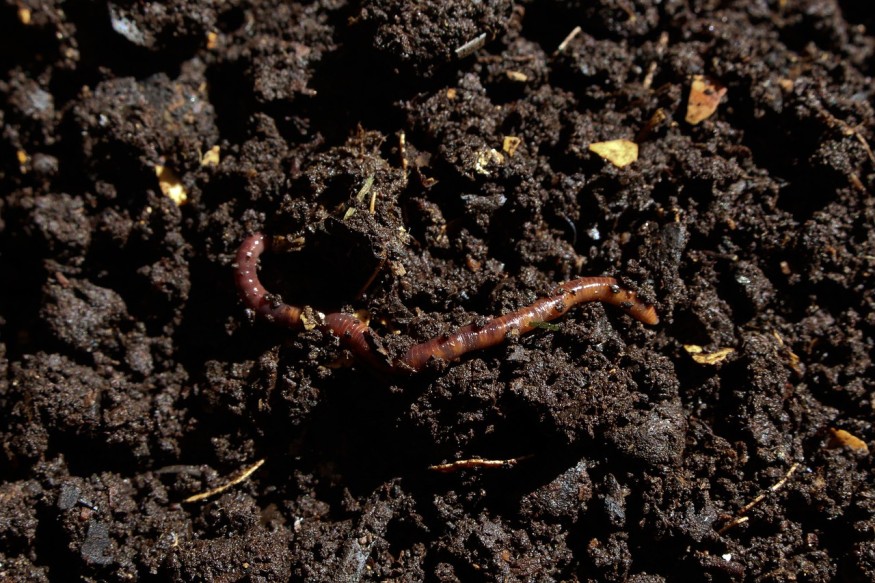Jumping worms are threatening parts of the United States again amid the summer season and due to their growing numbers, as seen in recent years. Experts have reportedly warned gardeners and gardening enthusiasts about the dangers posed by the invasive worm species, particularly on plants and the immediate ecosystem around them.
Officially called the Asian jumping worm (Amynthas agrestis), the said invasive worms are non-native to the U.S. and was confirmed in Wisconsin back in 2013. Being native to Asia, the worms have spread across North America. The name 'jumping worms' was derived from the behavior of the animal of moving in an 'S' pattern and seemed to be elevating from the ground when disturbed.
Studies have shown that A. agrestis can make the soil inhospitable for plants to grow, destroying not only local gardens but also farmlands and forests. The presence of the worms also went viral on social media recently, with some even being frightened when it comes to handling the bizarre creatures, with an appearance that can trigger Scoleciphobia, an irrational fear of worms.
Invasive Jumping Worms Threat

Described as "earthworms on steroids," the invasive jumping worms has spread to Connecticut and over 30 other U.S. states as of last summer. The worms are often found along the East Coast of the U.S. and some areas of Canada, where the climate somehow similar to Japan, where the said worm species came from, according to the Connecticut Agricultural Experiment Station, as cited by CBS News.
As mentioned earlier, experts are warning people engaging in gardening to watch out for the small invertebrates this summer, since the species is known for 'worsening soil quality' and make them a toxic environment for plants to grow, as reported by the New York Post. Experts also advice to either remove or kill the wriggling worms once they see one.
Also Read : European Earthworm Invasion Responsible for the Decline of Species Diversity in North American Forests
North America Jumping Worms
Unlike jumping worms, earthworms (Lumbricina) are good for the soil and are known for being used to help our agriculture in a process called earthworm farming. However, there are species of worms that are not capable of such feat such as the Asian jumping worms.
As the invasive worms spread across North America, growing concerns emerge as to its impact not only to plants but also to local wildlife. Ecologist Brad Herrick from the University of Wisconsin-Madison Arboretum stated invasive species can drastically do damage on multiple native species that do not have the needed defense mechanisms against their invaders, as cited by Inside Edition.
Jumping Worms Origin
Aside from Japan, jumping worms are also native to China and the Korean peninsula. In terms of how they arrived in North America, evidence suggests they were introduced both by accident and intentionally by the 'green industry,' according to the Wisconsin government.
In the U.S., jumping worms are prevalent across the Southeast, Eastern Seaboard, Mid-Atlantic, Midwest, and Pacific Northwest regions.
Related Article : Invasive Jumping Worms Are Quickly Spreading Through Several U.S. States
© 2025 NatureWorldNews.com All rights reserved. Do not reproduce without permission.




